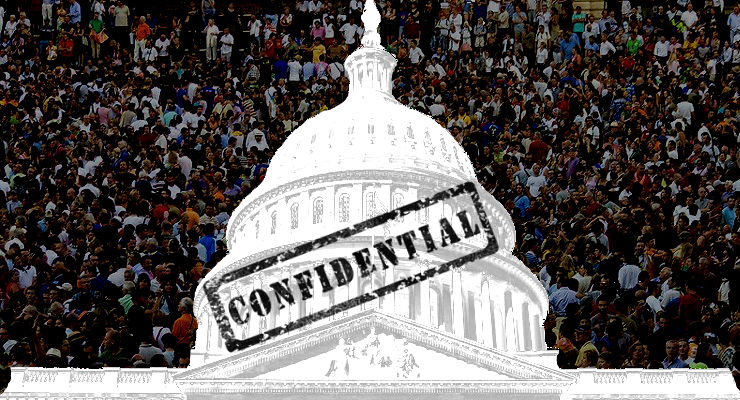
According to Law Professor, Rebecca M. Kysar, of lawmakers’ devices to overcoming congressional gridlock, dynamic legislation has the most potential to combating legislative inertia.
The abstract to her article titled “Dynamic Legislation” can be found on Social Science Research Network. It reads:
To overcome congressional gridlock, lawmakers have developed devices that, under certain conditions, provide easier paths to policy change. Procedural mechanisms may eliminate the threat of filibuster and other barriers to legislating. Laws may prompt Congress to act through sunset dates, penalties like sequestration, or other undesirable policy outcomes. Alternatively, the legislative product itself may spontaneously update without further action by Congress, a category I label “dynamic legislation.” For instance, during consideration of recent tax legislation, lawmakers proposed that certain tax cuts be automatically ratcheted down if the bill failed to generate sufficient economic growth and that delayed tax increases not go into effect if revenue hurdles were met.
Of these various tools, I argue that dynamic legislation has the most potential to combat legislative inertia while also meeting the challenges of the democratic process. Specifically, dynamic legislation outperforms the other tools because it leverages the resources of the administrative state without succumbing to excessive deference, it does not impermissibly entrench the current majority, and it is not as susceptible to the pathologies of the political economy and budget processes. Dynamic legislation also provides a mechanism by which Congress can evaluate itself, automatically adjusting laws depending on how well they are performing. Dynamic legislation holds particular promise in areas, like fiscal policy, where these concerns are acute, and where its design is not too costly.
Find links to the full article here. It’s a very intuitive academic piece.
Leave a Reply